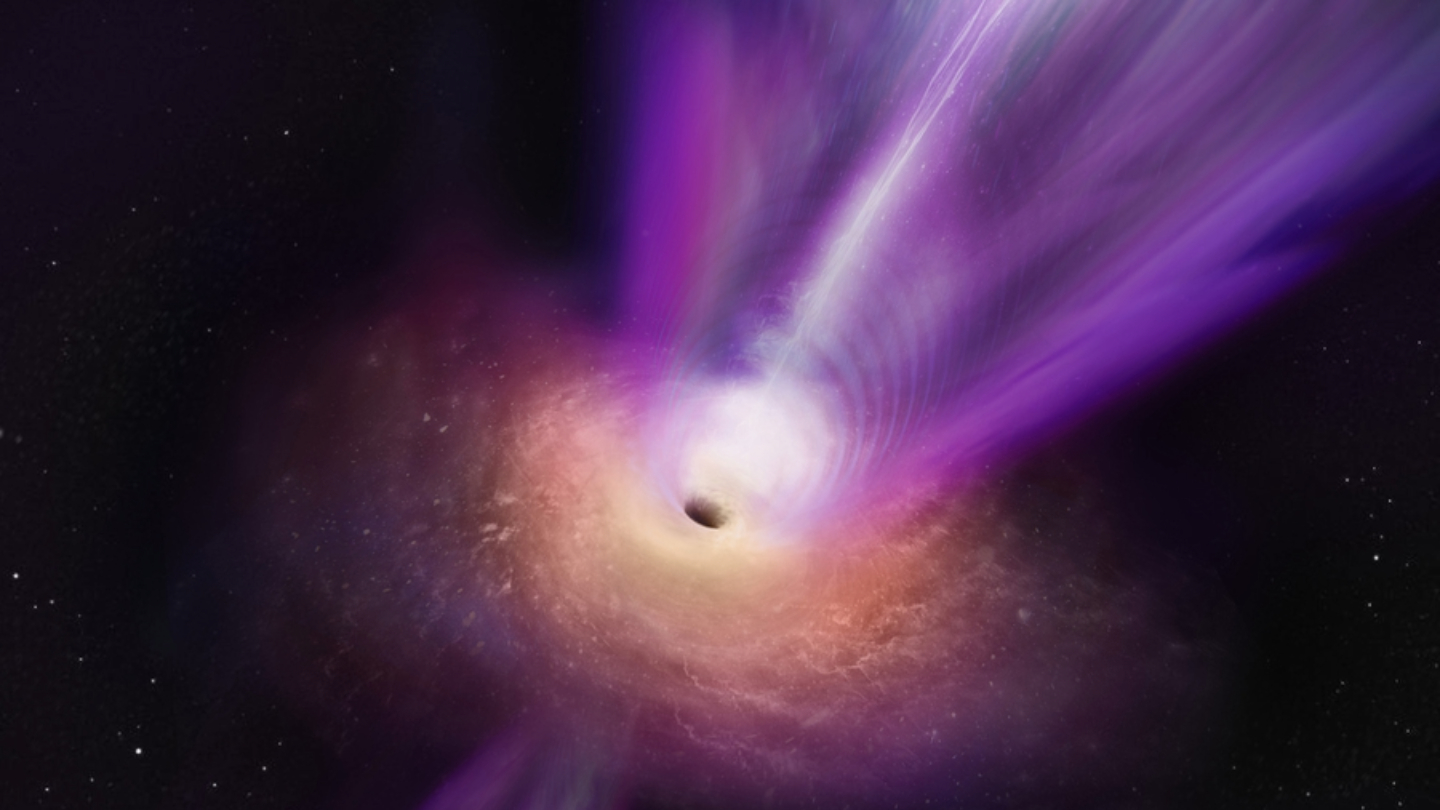According to a study, high-speed gas shooting from the galaxy M87 is causing stars to go nova, and the reason behind it remains unknown.
Nova explosions occur not only in our galaxy but also in others, including the giant elliptical M87. The jet of fast-moving gas in M87 is powered by the black hole at the center of the galaxy. Recent data from the Hubble Space Telescope reveals an excess of these explosions along M87’s jet, as reported by researchers in a study submitted to arXiv.org on September 28.
Alec Lessing, an undergraduate student at Stanford University, Michael Shara, an astronomer at the American Museum of Natural History in New York City, and their colleagues utilized the telescope to locate 135 nova outbursts in M87. The jet in M87 spans many thousands of light-years, while the galaxy itself is situated 54 million light-years away from Earth at the heart of the nearest galaxy cluster, named Virgo.
After identifying the nova explosions, the team plotted their positions in the galaxy. “It was striking to the eye,” says Shara. “The novae appeared to be preferentially aligned with the jet.”
2023-10-13 08:00:00
Original from www.sciencenews.org
